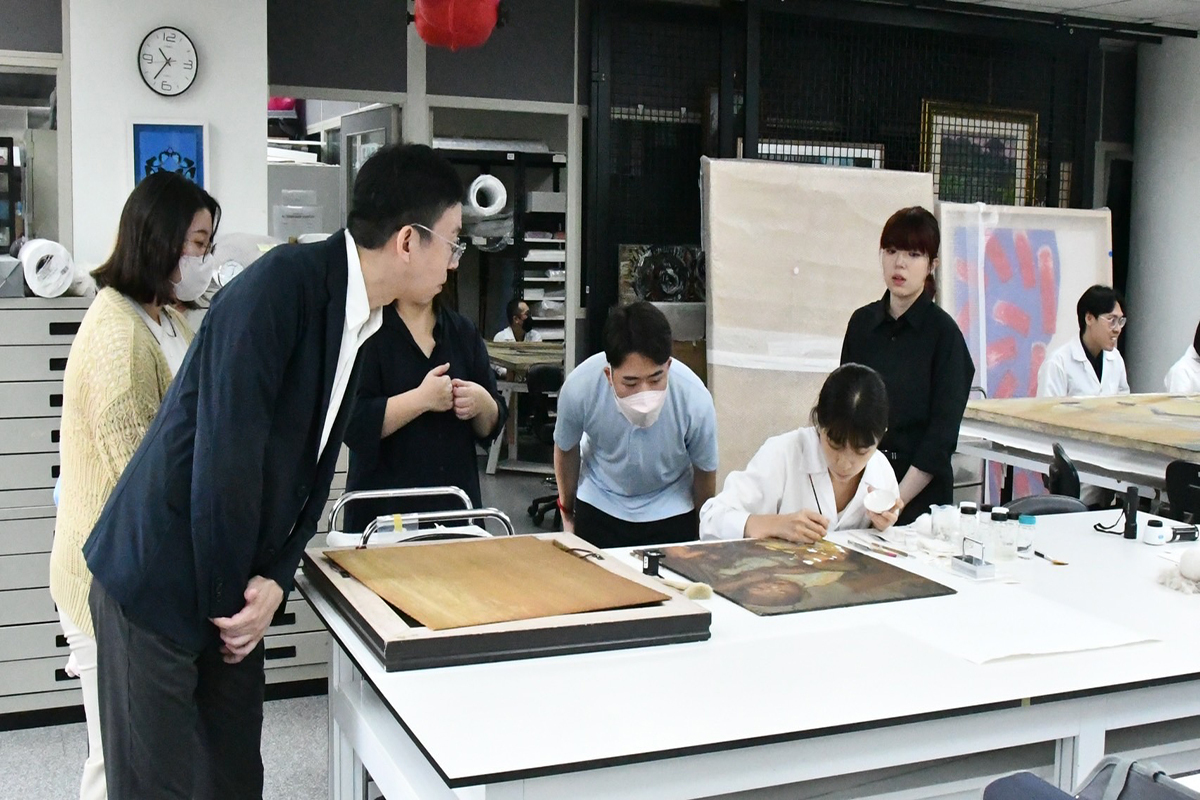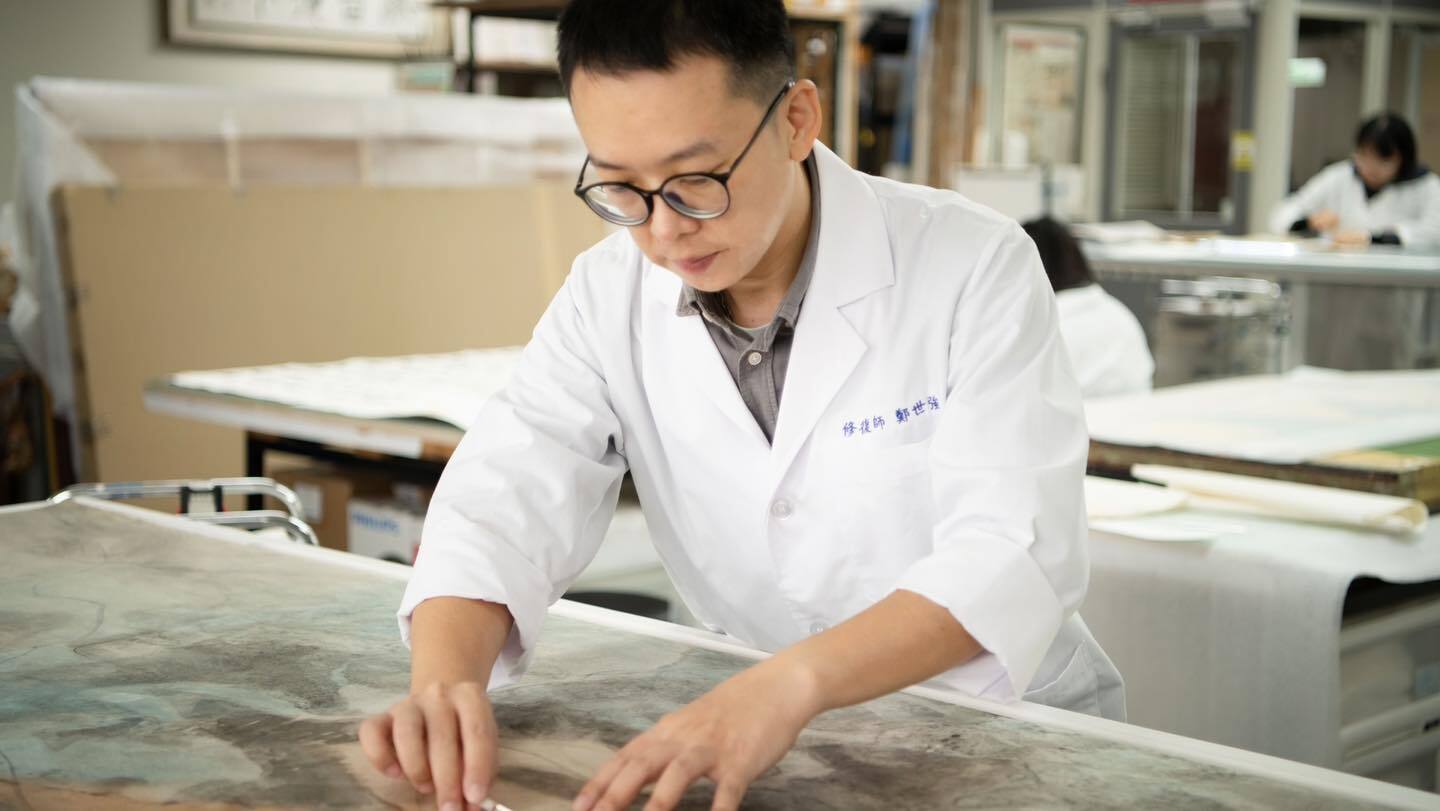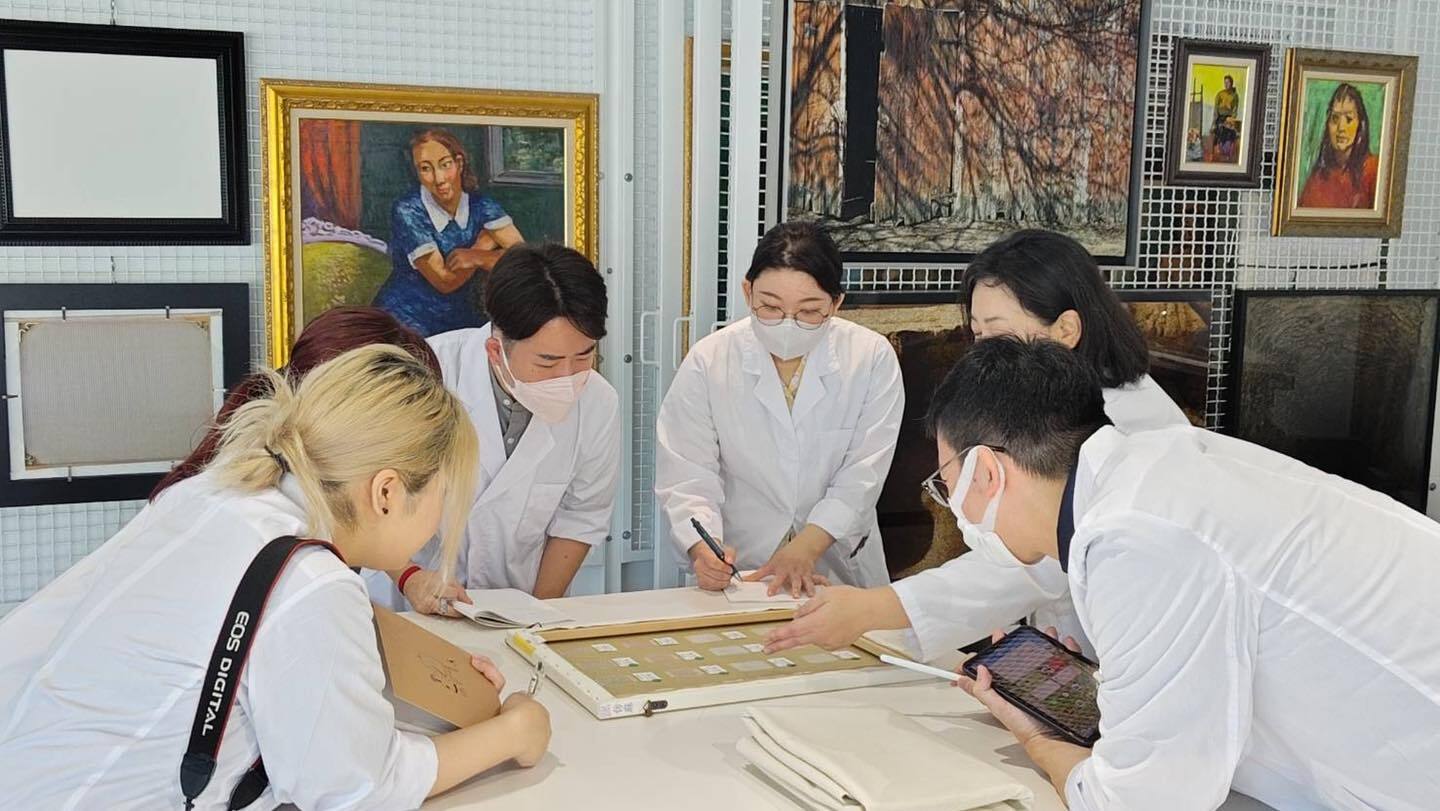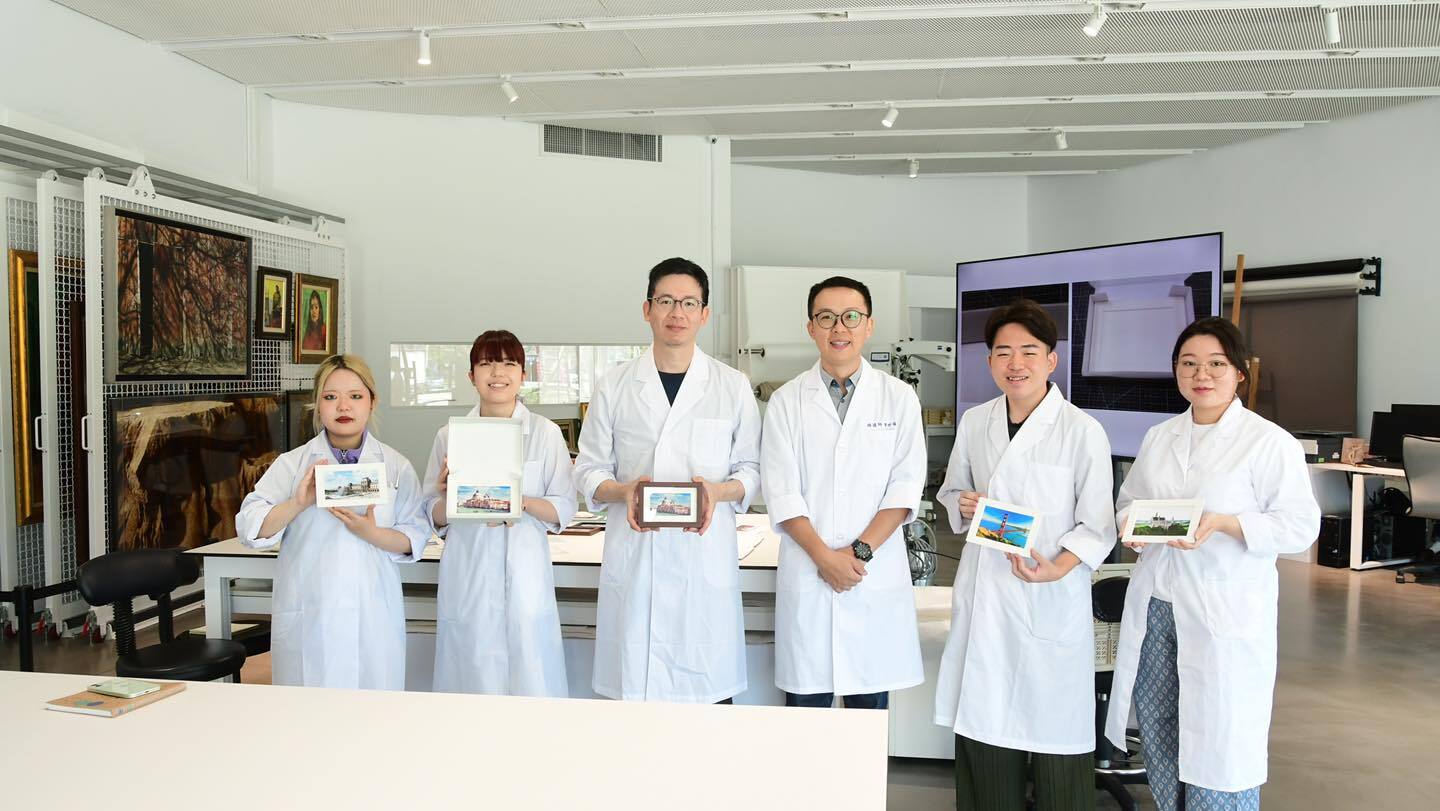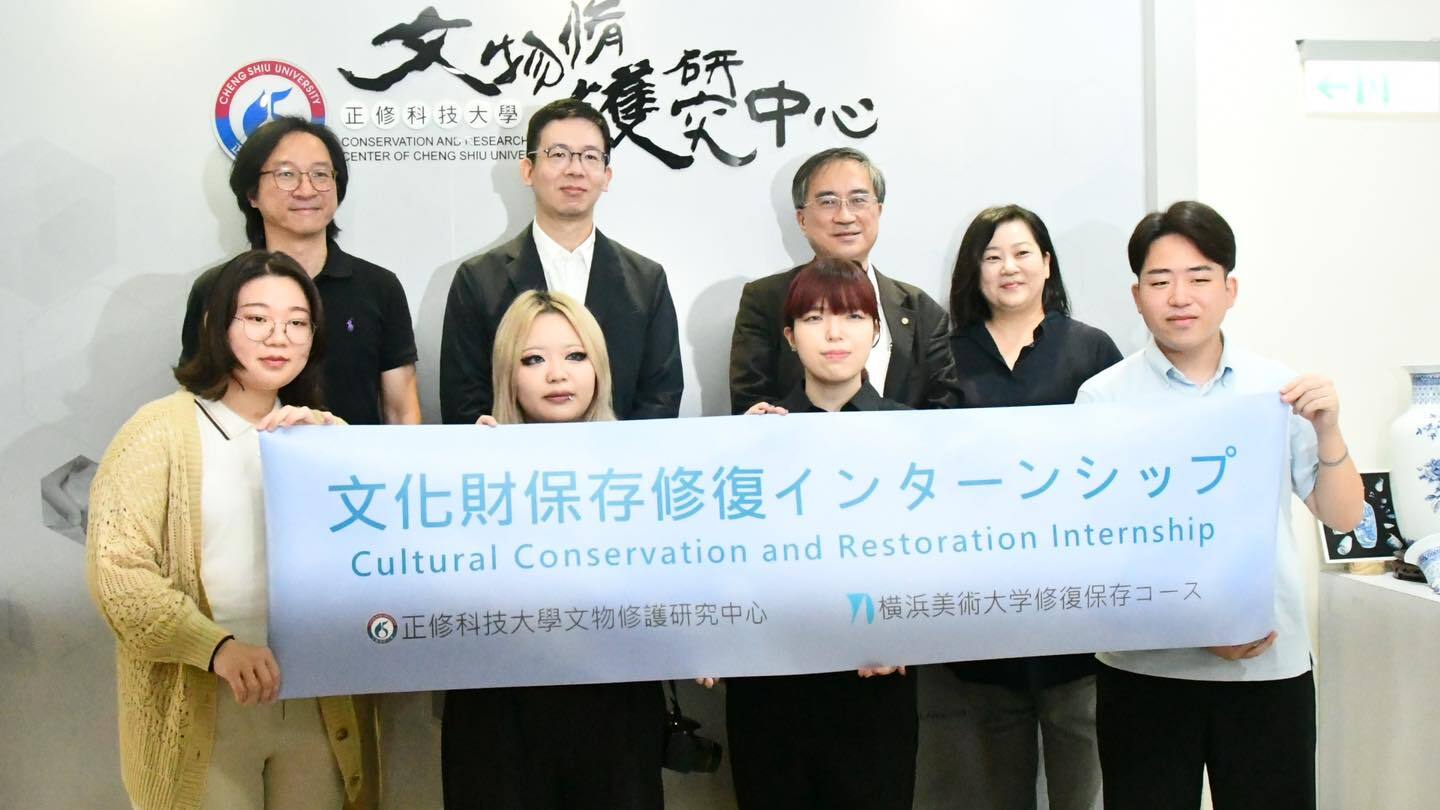Cheng Shiu University’s Cultural Heritage Conservation Research Center Gains Recognition Across Asia-Pacific; Launches Master’s Program in Cultural and Creative Design to Strengthen Talent Development
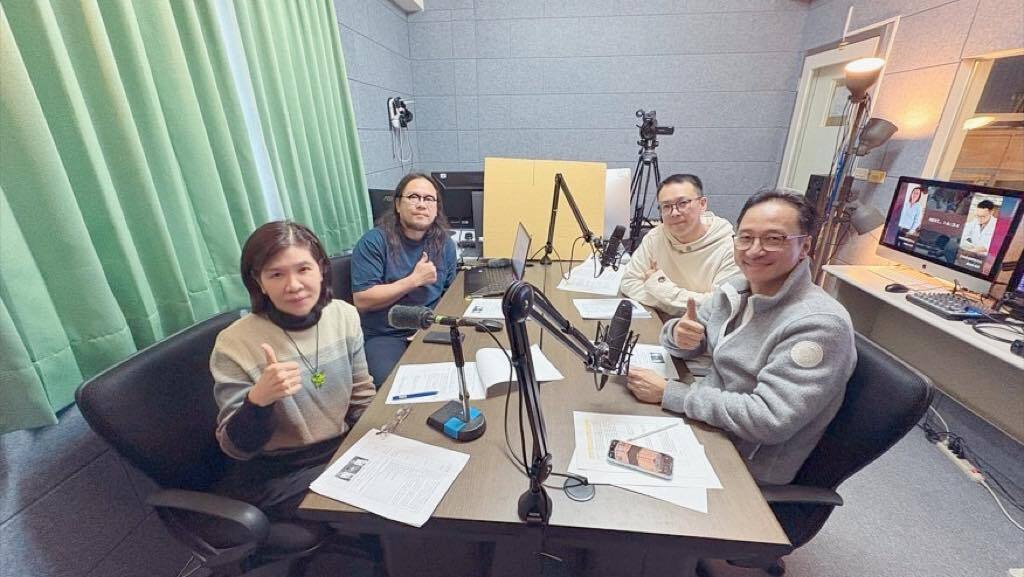
Cheng Shiu University’s Cultural Heritage Conservation Research Center Gains Asia-Pacific Recognition; Launches Master’s Program in Cultural and Creative Design to Strengthen Talent Development
As one of the most renowned professional institutions in cultural heritage conservation in Taiwan and the Asia-Pacific region, the Cultural Heritage Conservation Research Center at Cheng Shiu University (CSU) has long been dedicated not only to artwork restoration services but also to the education and training of professionals in preservation and conservation. In recent years, the center has further expanded its mission by launching a Master’s Program in Cultural and Creative Design and Art Preservation, encouraging more young people to enter the field of cultural conservation.
To highlight the center’s latest developments, the CSU Podcast “卓越正修” (Excellence at Cheng Shiu) invited Director Lee Yi-Cheng and Senior Paper Conservator Cheng Shih-Chiang for an in-depth conversation with hosts Sophia and FuFu. In the interview, Director Lee shared the unique history behind the center’s founding. Inspired by Taiwan’s economic growth and the rising need for artwork preservation, President Jui-Chang Kung envisioned the creation of a specialized conservation institute. Upon returning to Taiwan, Director Lee led the founding of the center, which has now spanned nearly two decades.
A Pioneer in Taiwan, Recognized Across the Asia-Pacific
Director Lee emphasized the center’s pioneering status—not only as the first of its kind in Taiwan but also as a well-regarded name across the Asia-Pacific region. The center houses professionally equipped laboratories, having earned international accreditations such as TAF certification, making it the first conservation lab in Taiwan to do so. Furthermore, the center has established an Art Conservation Vault, providing collectors with a secure, ISO-certified environment for storing and managing artwork, in line with international best practices.
From Conservators to Managers: A Forward-Looking Curriculum
Regarding academic programs, Director Lee explained that the newly launched Master’s Program focuses on training professional managers in conservation—not just hands-on conservators. The 1-year and 10-month program equips students with expertise in restoring both organic and inorganic materials, along with essential skills in scientific analysis, inspection methods, and collection management.
Restoration in a Humid Climate: Challenges and Innovation
Senior Conservator Cheng Shih-Chiang shared practical challenges in the field. Taiwan’s humid climate poses serious threats to cultural artifacts—paper documents, oil paintings, wooden carvings, and bamboo weavings are all highly susceptible to mold, pests, and natural disasters, often resulting in irreversible damage. The center continuously adopts advanced restoration technologies and methodologies to repair, protect, and stabilize these valuable cultural assets.
Looking Ahead: A Vision for Public Awareness and International Recognition
Director Lee also shared his vision for the future: to raise awareness of conservation’s importance both in Taiwan and internationally. Over the next decade, he hopes to expand understanding of conservation efforts and further promote Taiwan’s technical expertise on the global stage. He also expressed a long-term goal of establishing a dedicated Cultural Heritage Conservation Museum in Taiwan, where the public can learn about conservation processes and challenges, and where the growing need for professional preservation can be addressed.

